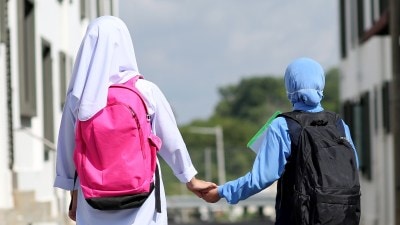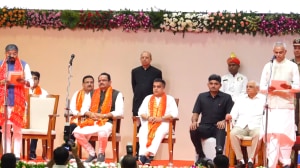30 years on,curbs on entry to tribal heartland lifted
Lifting a nearly 30-year-old entry restriction,the Chhattisgarh Government has decided to allow free access to common people to the virgin tribal heartland of Abujmarh...
Lifting a nearly 30-year-old entry restriction,the Chhattisgarh Government has decided to allow free access to common people to the virgin tribal heartland of Abujmarh home to aboriginal tribes in the Maoist-dominated Bastar region as part of its efforts to usher in development in an area where even a proper revenue survey could not be carried out yet.
Spread over an area of more than 1,500 square miles bigger than the geographical area of Goa state Abujmarh has a dense forest cover,rocky terrain,rivers and rivulets and inaccessible forest villages,mainly inhabited by Gond and Muria tribes. The population density in its mountain ranges,which falls in Narayanpur,Bijapur and Dantewada districts and also borders with Maharashtra,is less than 10 persons per square mile. With the famous Indravati River separating Abujmarh from the rest of tribal Bastar,entry to the mountain ranges is possible only through the forest pathways from Narayanpur,Bijapur and Basroor areas.
In less than half of the area of Abujmarh,the local aboriginal tribes engage themselves in shifting cultivation,which,in local parlance,is known as Penda kheti. Except for occasional visits to haat bazars or weekly markets,the tribals have almost no link with the outside world.
Announcing to lift movement restrictions in Abujmarh,Chief Minister Dr Raman Singh said the area remained without any proper survey. Satellite mapping to locate villages in the region is being carried out by the Indian Space Research Organisation. Once that is done,revenue staff would be sent to these villages for a house-to-house survey, he said at a meeting of Bastar Development Authority.
Dr Satish,a senior journalist in Bastar,told The Indian Express that movement restrictions in the region were imposed in the early 1980s when a foreign television channel telecast a documentary about the lives of Abujmarh tribals and the traditional Gotul system of Muria Gond tribes,allegedly showing them in nude and portraying their Gotul system in poor light.
This sparked a controversy and the then Bastar collector S P Vyas impressed upon the then government of undivided Madhya Pradesh to impose restrictions on entering Abujmarh, he said.
When asked how far the restrictions have been effective in the past three decades,Dr Satish said,Its a vast forest area and there are no gates anywhere to monitor the movement of people.





- 01
- 02
- 03
- 04
- 05


























